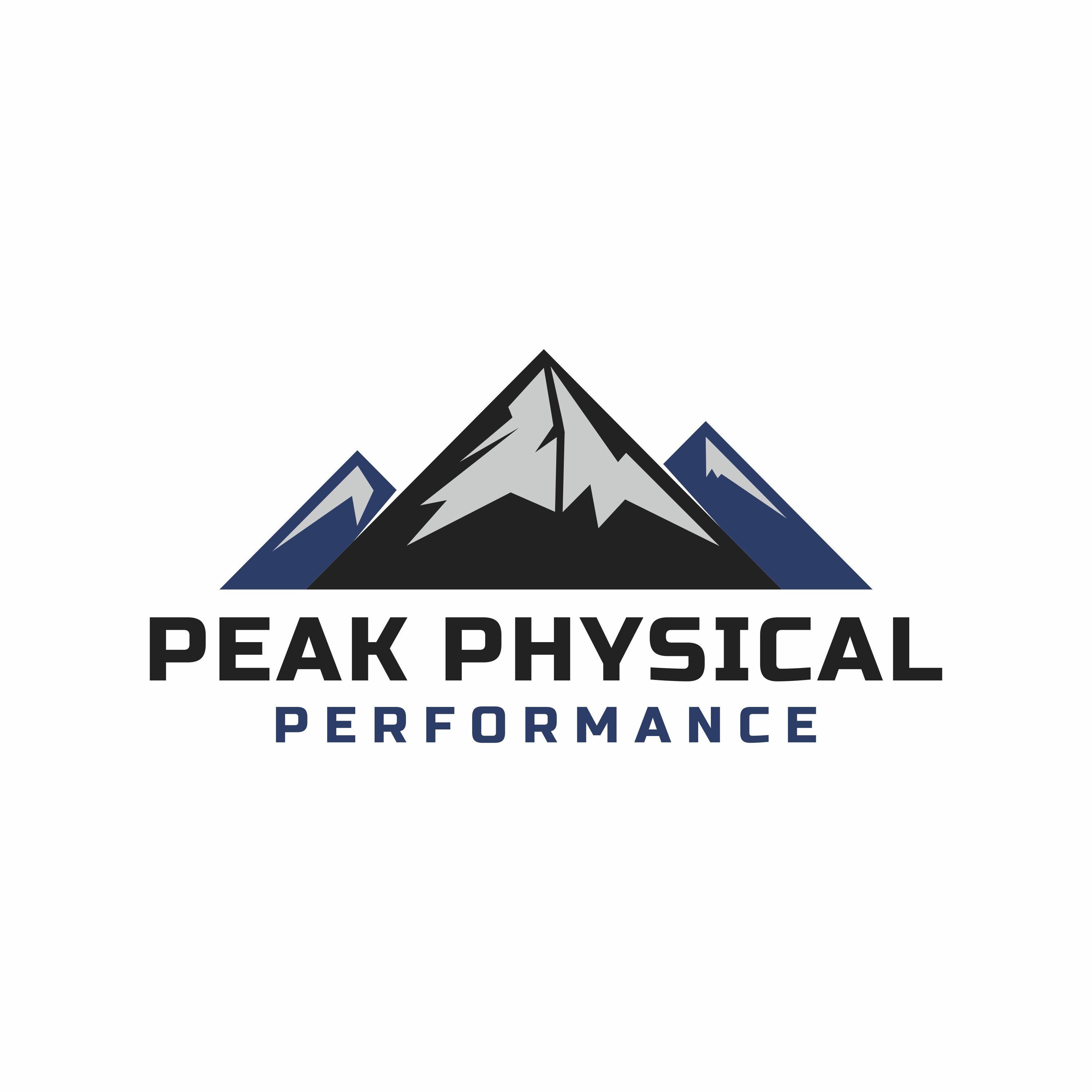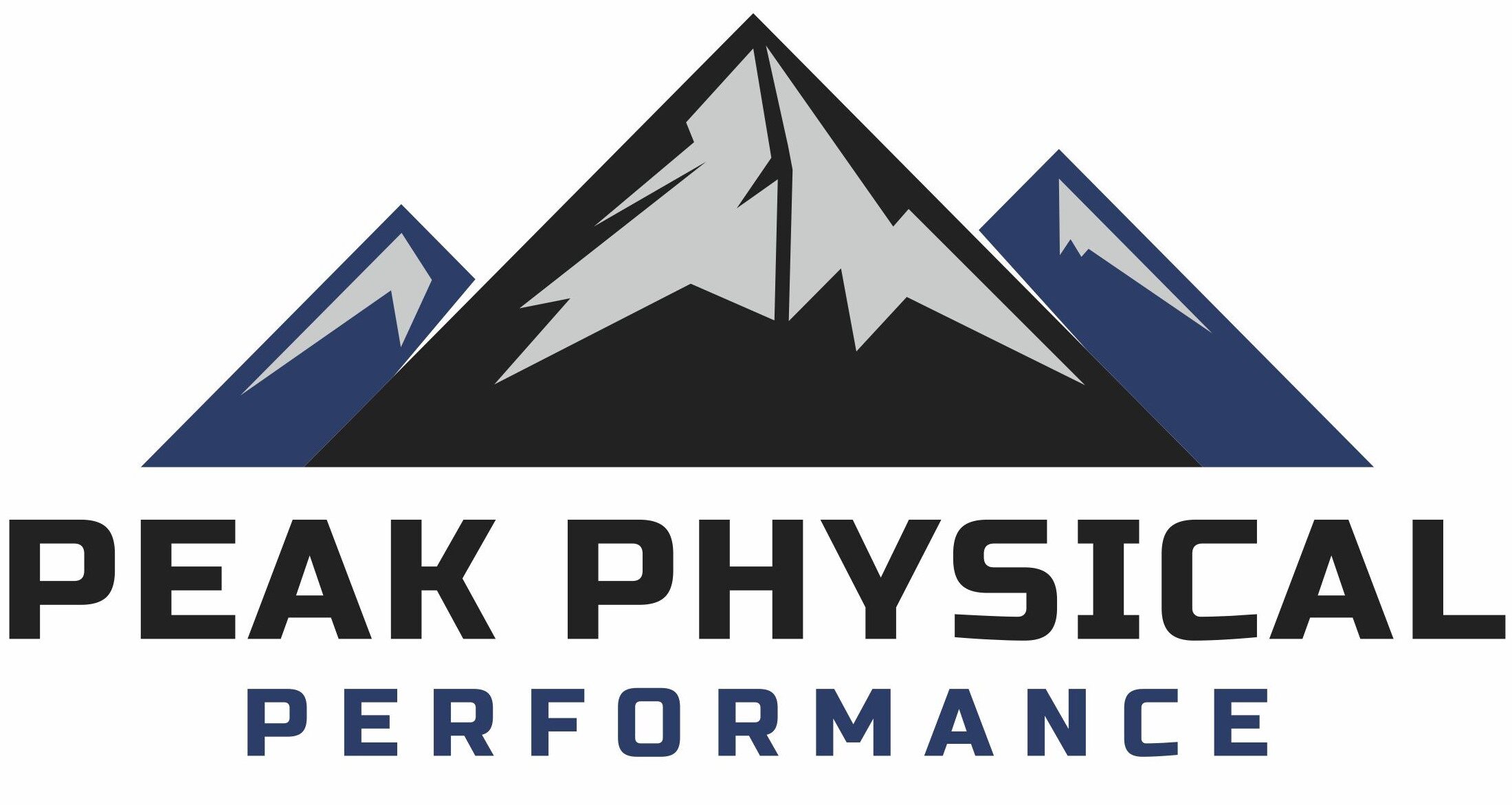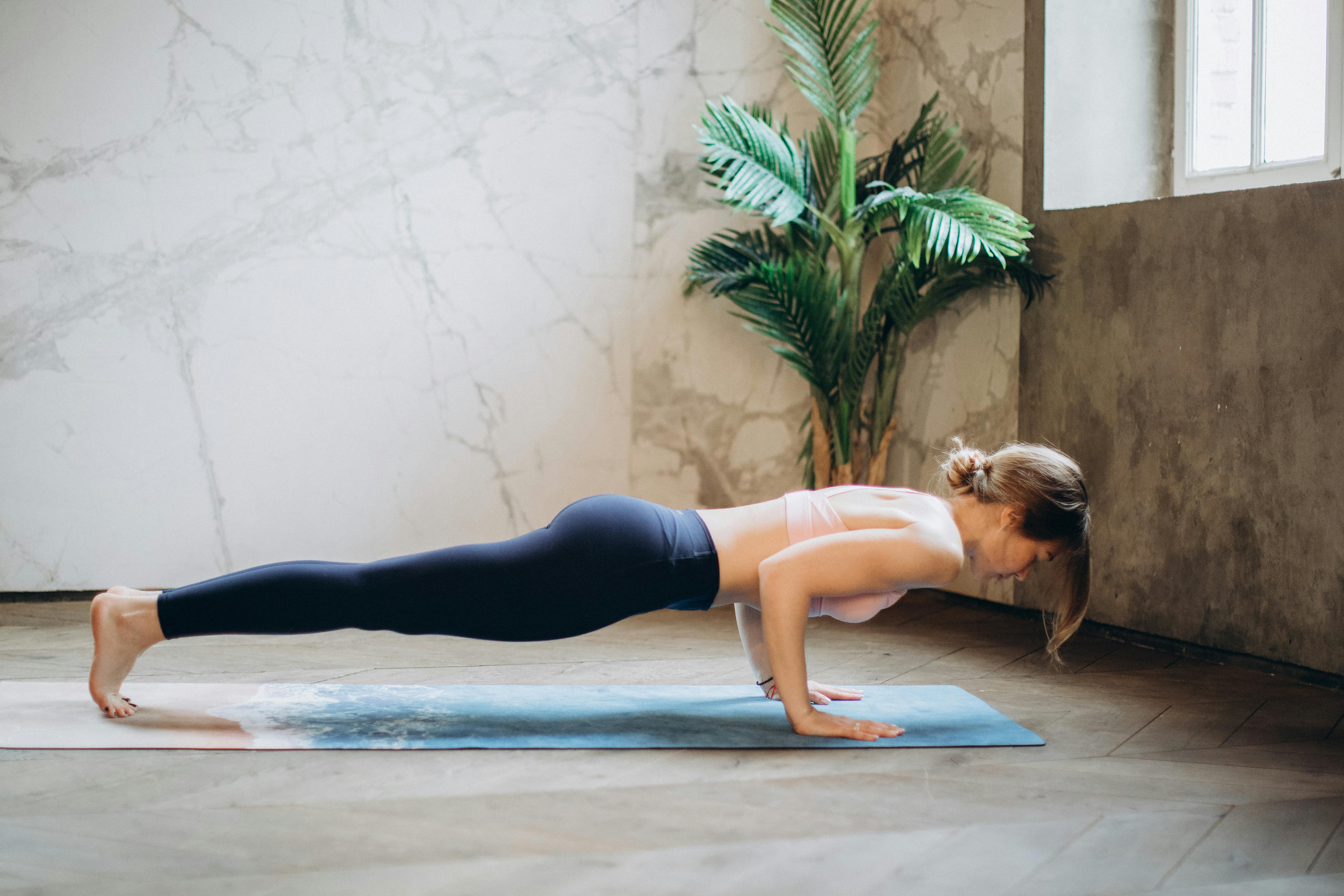Core strength is more than just having a six-pack. It involves the muscles in your abdomen, lower back, hips, and pelvis, which work together to stabilize your spine and provide balance. Whether you’re lifting weights, running, or just sitting at a desk, your core plays a vital role in maintaining posture and preventing injury.
Why Core Strength is Important
- Improved Posture: A strong core helps keep your spine aligned, reducing slouching and back pain. Good posture also promotes better breathing and digestion.
- Injury Prevention: The core stabilizes your body during movement. Weak core muscles can lead to imbalances, putting extra strain on other muscles and joints. By strengthening your core, you reduce the risk of lower back pain and injuries in everyday activities and sports.
- Enhanced Athletic Performance: In almost every sport or physical activity, a strong core provides a solid foundation. Whether you’re swinging a golf club, throwing a ball, or running, core strength improves balance and power, leading to better performance.
- Everyday Functionality: From lifting groceries to bending over, your core supports your daily activities. Strong core muscles make these movements easier, allowing you to maintain your independence as you age.
How to Build Core Strength
Incorporating core exercises into your routine doesn’t have to be complicated. Some effective exercises include:
- Planks: A simple but powerful move that targets multiple core muscles.
- Dead Bugs: Helps build coordination and stability in the core.
- Bird-Dog: Great for improving balance and core engagement.
- Russian Twists: Focus on the obliques for rotational strength.
Regularly engaging in these exercises can enhance overall strength and improve functionality in your day-to-day life.
Core strength is essential for more than just physical appearance. It plays a critical role in injury prevention, posture, and daily activities. By prioritizing core exercises, you can boost your physical performance and long-term health.
References:
- McGill, S. (2016). Ultimate Back Fitness and Performance. Backfitpro Inc.
- Behm, D. G., & Colado, J. C. (2012). The effectiveness of resistance training using unstable surfaces and devices for rehabilitation. International Journal of Sports Physical Therapy, 7(2), 226-241.



Comments are closed